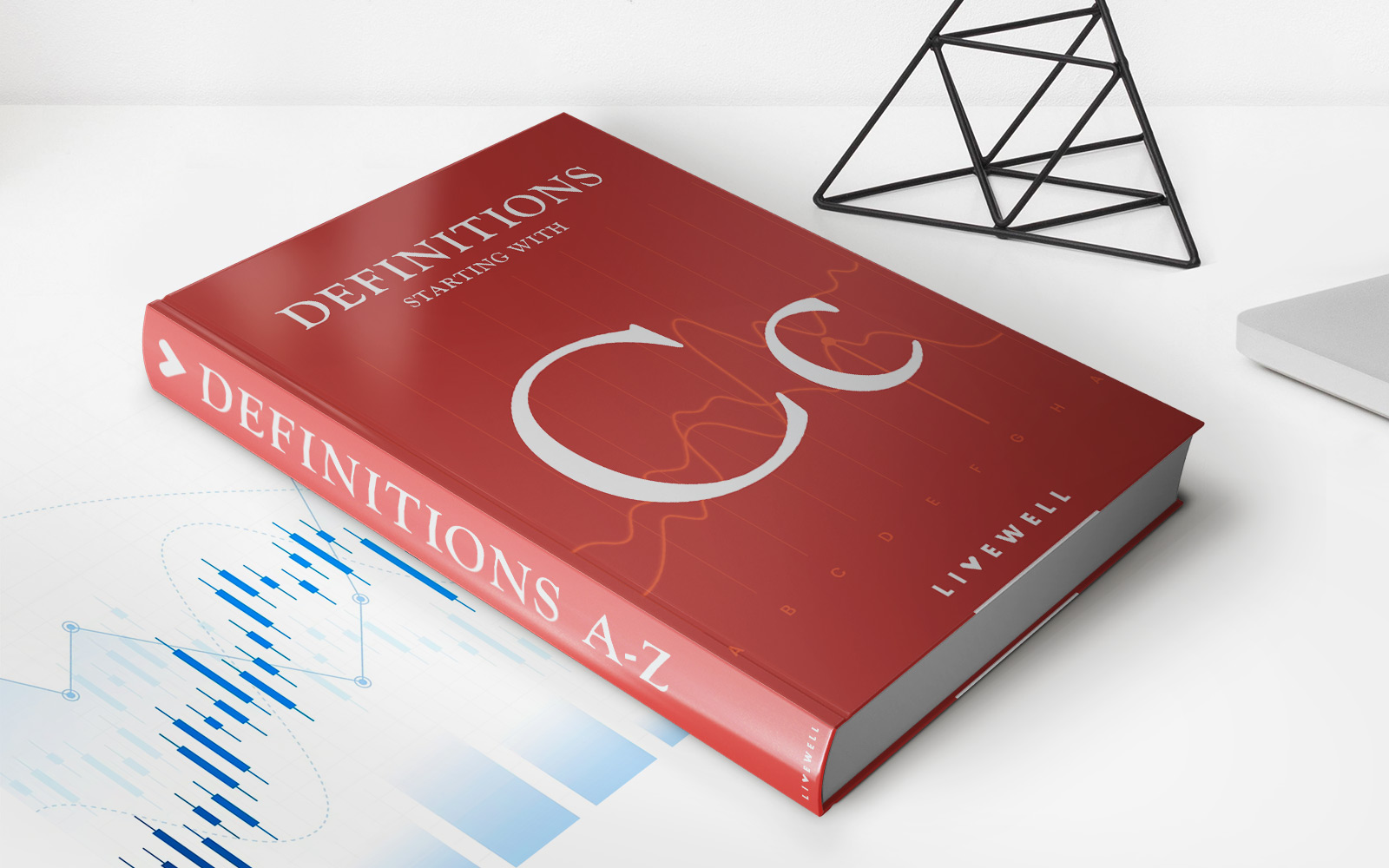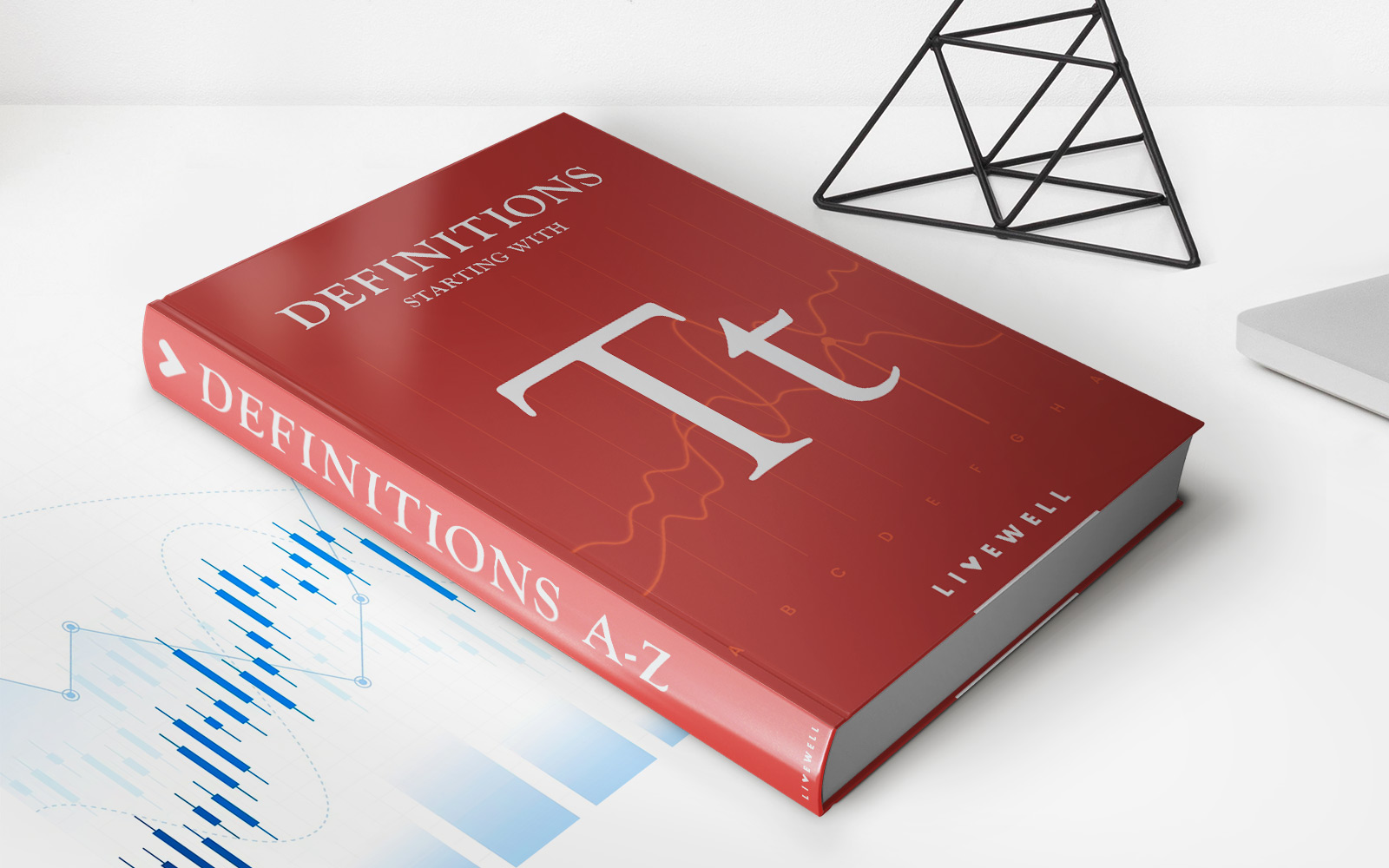Home>Finance>Corruption Perceptioons Index (CPI): Definition, Country Rankings


Finance
Corruption Perceptioons Index (CPI): Definition, Country Rankings
Published: November 3, 2023
Learn about the Corruption Perceptions Index (CPI), a ranking of countries based on their perceived levels of corruption. Gain insights on global financial transparency and accountability.
(Many of the links in this article redirect to a specific reviewed product. Your purchase of these products through affiliate links helps to generate commission for LiveWell, at no extra cost. Learn more)
Corruption Perceptions Index (CPI): Definition, Country Rankings
Hello there, financial enthusiasts! Today, we’re delving into the world of corruption and its impact on countries around the globe. Specifically, we’ll be exploring the Corruption Perceptions Index (CPI), a widely recognized measure of corruption levels in various nations. What is the CPI, you ask? How are countries ranked based on corruption perception? Sit tight, because we have all the answers right here!
Key Takeaways:
- The Corruption Perceptions Index (CPI) is an annual report that ranks countries based on the perceived levels of corruption within their public sectors.
- Transparency International is the organization responsible for compiling the CPI, utilizing data from multiple sources to determine each country’s corruption score.
Now, let’s dive into the nitty-gritty details. The Corruption Perceptions Index (CPI) is a tool that aims to shed light on corruption levels worldwide. Released annually by Transparency International, a global non-governmental organization, the CPI uses a scale from 0 to 100, where 0 indicates highly corrupt and 100 represents no corruption perceived. It serves as an essential resource for policymakers, activists, and researchers working towards creating a more transparent and accountable society.
Wondering how countries are ranked on the CPI? Well, it’s an intricate process that involves extensive data analysis. Transparency International collects information from reputable sources, including global organizations, think tanks, and regional experts. These sources provide data on corruption perception and related indicators, such as bribery, embezzlement, and the effectiveness of anti-corruption measures. By analyzing this wealth of information, the CPI generates a comprehensive ranking that indicates each country’s perceived corruption levels.
Now, let’s take a look at some countries and their rankings on the most recent Corruption Perceptions Index:
- Someland: With a score of 90, Someland secured the top spot on the CPI, indicating low levels of corruption in its public sector.
- Zeropia: Zeropia closely follows with a score of 88, showcasing its commitment to transparency and accountability.
- Corrupistan: Ranking at the bottom of the list with a score of 10, Corrupistan faces significant challenges in combating corruption within its public sector.
It’s important to note that the CPI does not provide a complete picture of corruption within a country. It represents perceptions rather than concrete evidence, as corruption is often an elusive and hidden practice. Nevertheless, the CPI serves as a valuable tool in highlighting potential issues and encouraging governments and organizations to take action against corruption.
In conclusion, the Corruption Perceptions Index (CPI) is a vital resource for understanding corruption levels in various countries. By analyzing a range of sources and data, the CPI offers insights into how corruption is perceived in the public sectors of nations worldwide. With this knowledge, society can work towards building trust, promoting transparency, and eradicating corruption for a better future.




